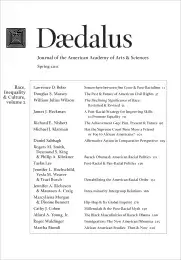Has the Supreme Court Been More a Friend or Foe to African Americans?
According to conventional wisdom, the U.S. Supreme Court heroically defends unpopular religious and racial minority groups from majoritarian oppression. As Justice Hugo Black stated in a landmark 1940 decision, the Court protects the rights of the “helpless, weak . . . or . . . non-conforming victims of prejudice.” This view, however, is deeply flawed: a quick review of American history reveals that the Court, more often than not, has been a regressive force on racial issues.
Before the Civil War, the Court upheld federal fugitive slave laws against substantial constitutional challenges, and it invalidated the laws of Northern states that were designed to protect free blacks from kidnapping by slave catchers. In the infamous Dred Scott decision of 1857, the Court voided an effort by Congress to restrict the spread of slavery into federal territories, and it denied that even free blacks possessed any rights “which the white man was bound to respect.” After the Civil War, the Court relied on legal technicalities to free the perpetrators of white-on-black lynchings and racial massacres, and it invalidated a federal law designed to secure blacks equal access to public accommodations. Well into the twentieth century, the Court mostly sustained the constitutionality of state-mandated racial segregation and various Southern state measures for disenfranchising African Americans.
The long history of the Court’s complicity in racial oppression is often hidden behind the romantic . . .
